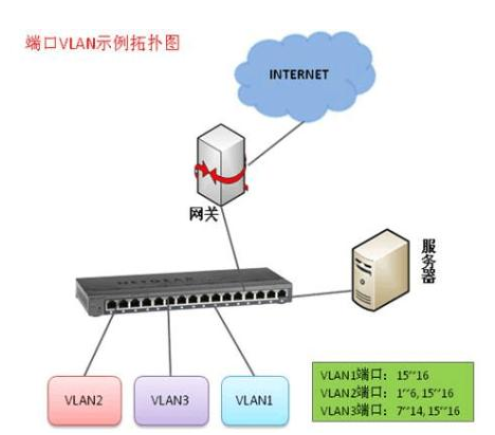Every device connected to a network has both an IP address and a MAC address, which work together to ensure accurate communication. The switch operates at the data link layer (Layer 2) of the OSI model, and it forwards data frames based on the MAC address found in the frame header. A data frame typically consists of a header, the actual data being transmitted, and an end-of-frame marker.
Ethernet is the most widely used protocol in local area networks (LANs). It uses CSMA/CD technology to manage data transmission over various types of cabling, such as coaxial cables, twisted pair, and fiber optics. Over time, Ethernet has evolved to support higher speeds and more reliable connections.
Repeaters operate at the physical layer (Layer 1), amplifying and retransmitting signals to extend the range of a network. They are simple devices that do not process or interpret data, only boost the signal strength for better transmission.

A hub, also known as a multiport repeater, connects multiple devices on the same network segment. When one device sends data, the hub broadcasts it to all other connected ports, which can lead to inefficiencies and security issues.
MAC Address: This is a unique identifier assigned to a network interface controller (NIC). It defines the physical location of a device on a network. A MAC address is 48 bits long, with the first 24 bits assigned by the IEEE to manufacturers, and the last 24 bits assigned by the manufacturer to specific devices.
The first bit of the first byte in a MAC address determines if the address is unicast (individual device) or multicast (group of devices). A MAC address consisting entirely of ones is a broadcast address, meaning it is sent to all devices on the network.
Switches operating at Layer 2 maintain a table of MAC addresses and their corresponding ports, allowing them to forward data efficiently. This database helps switches avoid broadcasting unnecessary traffic and improves network performance.
While the MAC address handles data link layer communication, the IP address works at the network layer (Layer 3). IP addresses are responsible for routing packets between different networks, while MAC addresses handle the transfer of data frames between devices on the same local network.
In a stable network, each IP address corresponds to a specific MAC address. When two devices communicate, they must have matching IP addresses configured. However, the MAC address is pre-set by the manufacturer when the network card is produced. This pairing is managed through the ARP (Address Resolution Protocol), which maps IP addresses to MAC addresses.
After hubs came switches, which operate at Layer 2 and use MAC addresses to forward data frames. This allows for more efficient and secure communication compared to hubs, which broadcast data to all connected devices.
A data frame is the unit of data transferred at the data link layer. It includes a header, data payload, and a trailer. The header contains important information like source and destination MAC addresses, while the trailer includes error-checking information.
The MAC frame header typically contains three main fields: the destination address, the source address, and a type field. The type field indicates the protocol used in the upper layers, so the receiving device knows how to process the data.
One challenge with Layer 2 switches is the occurrence of broadcast storms. If a host in one department sends a broadcast, all other hosts on the same network will receive it. To prevent this, VLAN (Virtual Local Area Network) technology is used to divide the network into separate broadcast domains.
VLANs allow administrators to create logical segments within a physical network. Devices in the same VLAN can communicate freely, while devices in different VLANs are isolated. Communication between VLANs requires a router or a Layer 3 switch.
Port types on switches are classified into access and trunk ports. Access ports are used to connect end-user devices, while trunk ports carry traffic from multiple VLANs across switches. Trunk ports maintain VLAN tags, while access ports strip them before forwarding data.
Access Port: Used to connect end devices like computers or printers. These ports belong to a single VLAN and do not tag data.
Trunk Port: Used to connect switches or routers. These ports support multiple VLANs and retain VLAN tags during transmission.
To enable communication between VLANs, a router or a Layer 3 switch is required. One common method is using a router-on-a-stick configuration, where sub-interfaces are created on a single physical port to handle traffic from different VLANs. Layer 3 switches perform this task faster using hardware-based switching rather than software-based routing.
modular rj45 jack,rj45 connector,rj45 jack,cat6a rj45,rj11 connector,rj11 jack,rj11 4p4c,rj11 modular jack
Dongguan Yiyou Electronic Technology Co., Ltd. , https://www.dsubminiature.com
